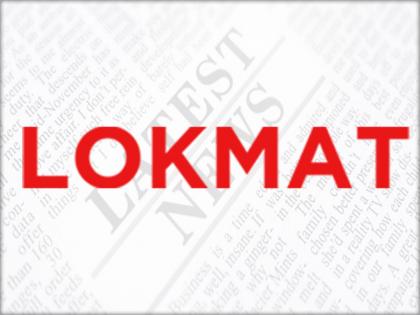Airtel-Tikona merger: SC orders status quo on DoT's demand
By IANS | Published: July 8, 2019 07:12 PM2019-07-08T19:12:06+5:302019-07-08T19:25:06+5:30
The Supreme Court on Monday ordered status quo, for 15 days, on the Department of Telecom's (DoT) demand of Rs 1,626.89 crore for permitting the merger of Bharati Airtel with Tikona Wireless.

Airtel-Tikona merger: SC orders status quo on DoT's demand
A bench headed by Justice Arun Mishra asked both parties to move the Telecom Disputes Settlement and Appellate Tribunal (TDSAT) for hearing the review petition.
"Go to TDSAT. We are not giving any opinion on the merits," the court said during the hearing of the matter.
Last week, the apex court agreed to hear the DoT's plea challenging the TDSAT order, staying its demand of Rs 1,626.89 crore from Bharti Airtel Ltd, on July 8.
The TDSAT order directed the authorities concerned (Centre) to take the merger of two companies and licence on record, and "subject to the final result of this petition, and this interim, shall govern the parties till it is vacated or modified after considering any further or new material, which maybe brought on record on behalf of the respondent".
The TDSAT had looked into Bharti Airtel's plea challenging the stand of DoT, demanding the sum for completion of the amalgamation of Bharti Digital Networks Pvt Ltd, formerly known as Tikona Digital Networks Pvt Ltd, with itself. The amalgamation was recently completed, said Bharti Airtel.
DoT had reportedly asked Airtel to pay Rs 185.62 crore in cash.
In March 2017, Airtel had come out with its decision to acquire the 4G business of Tikona Networks, which comprised of broadband spectrum and 350 sites across five telecom circles, and was estimated at about Rs 1,600 crore.
Tikona had second largest ecosystem of 4G devices in telecom circles in eastern and western UP, Rajasthan, Gujarat and Himachal Pradesh. It had 20 MHz spectrum in the 2,300 MHz band.
( With inputs from IANS )
Open in app